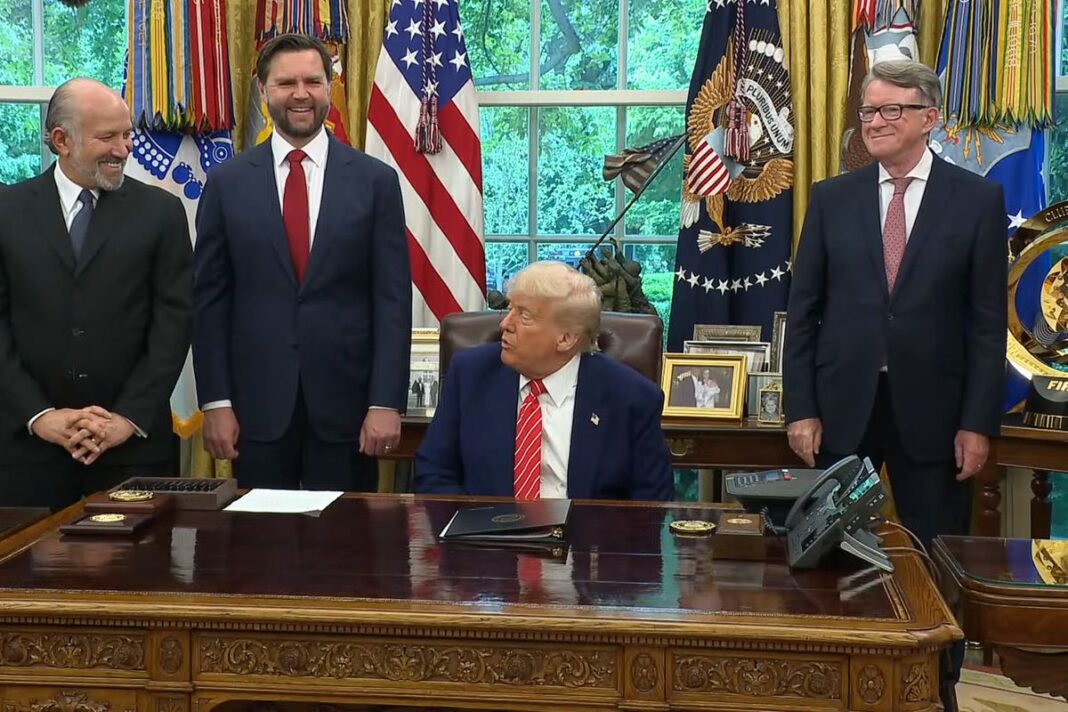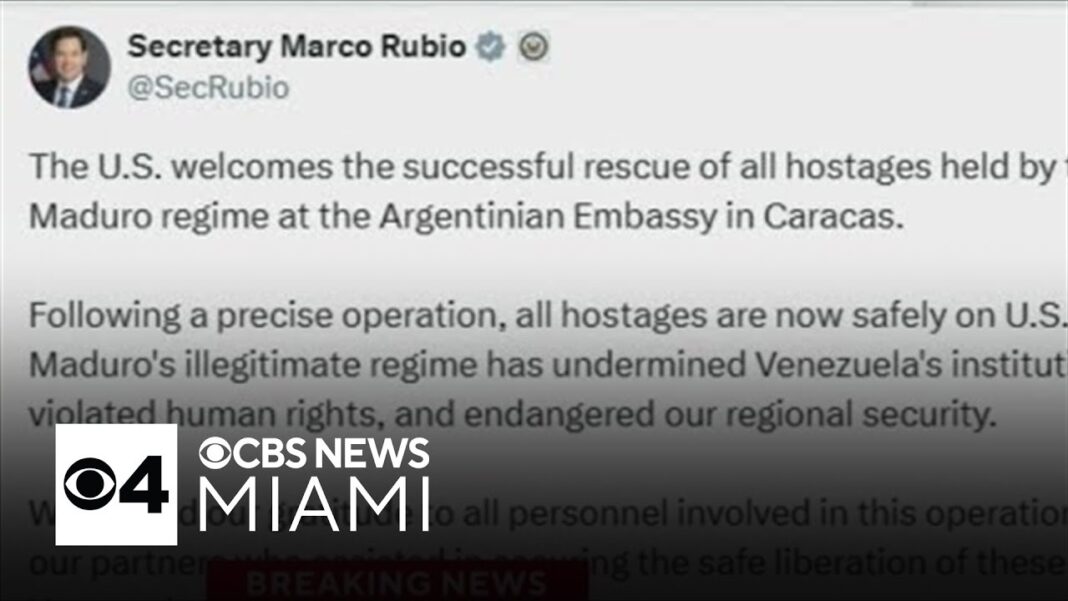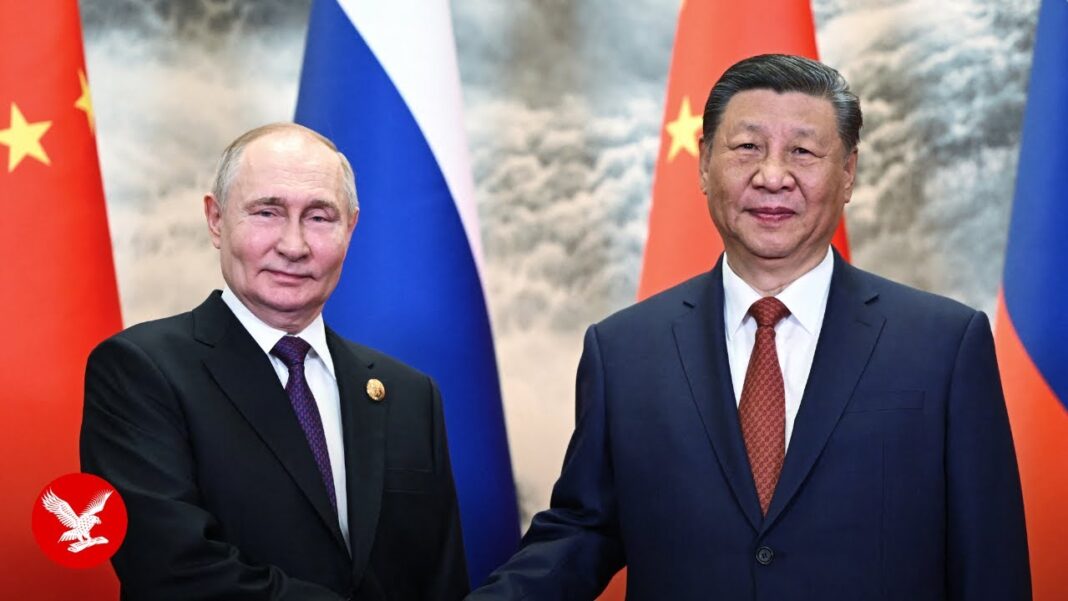‘Every little bit helps,’ one UK economist said about the new trade outline.
President Donald Trump and British Prime Minister Keir Starmer on May 8 unveiled the broad outline of a new trade agreement hailed by Trump as a “great deal for both countries.”
It was the first trade deal announced after Trump imposed sweeping tariffs on nearly all countries on April 2.
“This is a really fantastic, historic day,“ Starmer said by phone during the announcement. ”This is going to boost trade between and across our countries.”
While nothing was signed to make the arrangement official, Trump told reporters at the Oval Office that a finalized version will be released “in the coming weeks.”
Here are the key takeaways from the U.S.–UK trade blueprint.
Tariffs and Quotas
The United States will keep its baseline universal 10 percent tariff on UK goods entering the country.
However, the British government confirmed that the trade pact will involve various levy reductions on UK exports to the United States.
Twenty-five percent tariffs implemented on British steel will be lowered to zero percent, and tariffs on some UK-made automobiles will be reduced from 27.5 percent to 10 percent.
Once a deal is finalized, U.S. officials will work on an alternative agreement for the Section 232 tariffs on British-made vehicles.
Under this arrangement, British automakers will be provided a quota of 100,000 cars per year shipped to the U.S. market at the lower tariff rate.
Any vehicle that exceeds the quota would be subjected to a 25 percent levy.
Commerce Secretary Howard Lutnick said British companies can export plane parts to the United States tariff-free.
In exchange for this concession, a British airline will purchase $10 billion worth of Boeing airplanes.
On the agriculture front, the new deal could potentially expand market access in the world’s sixth-largest economy by an estimated $5 billion.
According to the White House, this will include $700 million in ethanol exports and $250 million in agricultural products, such as beef.
By Andrew Moran








